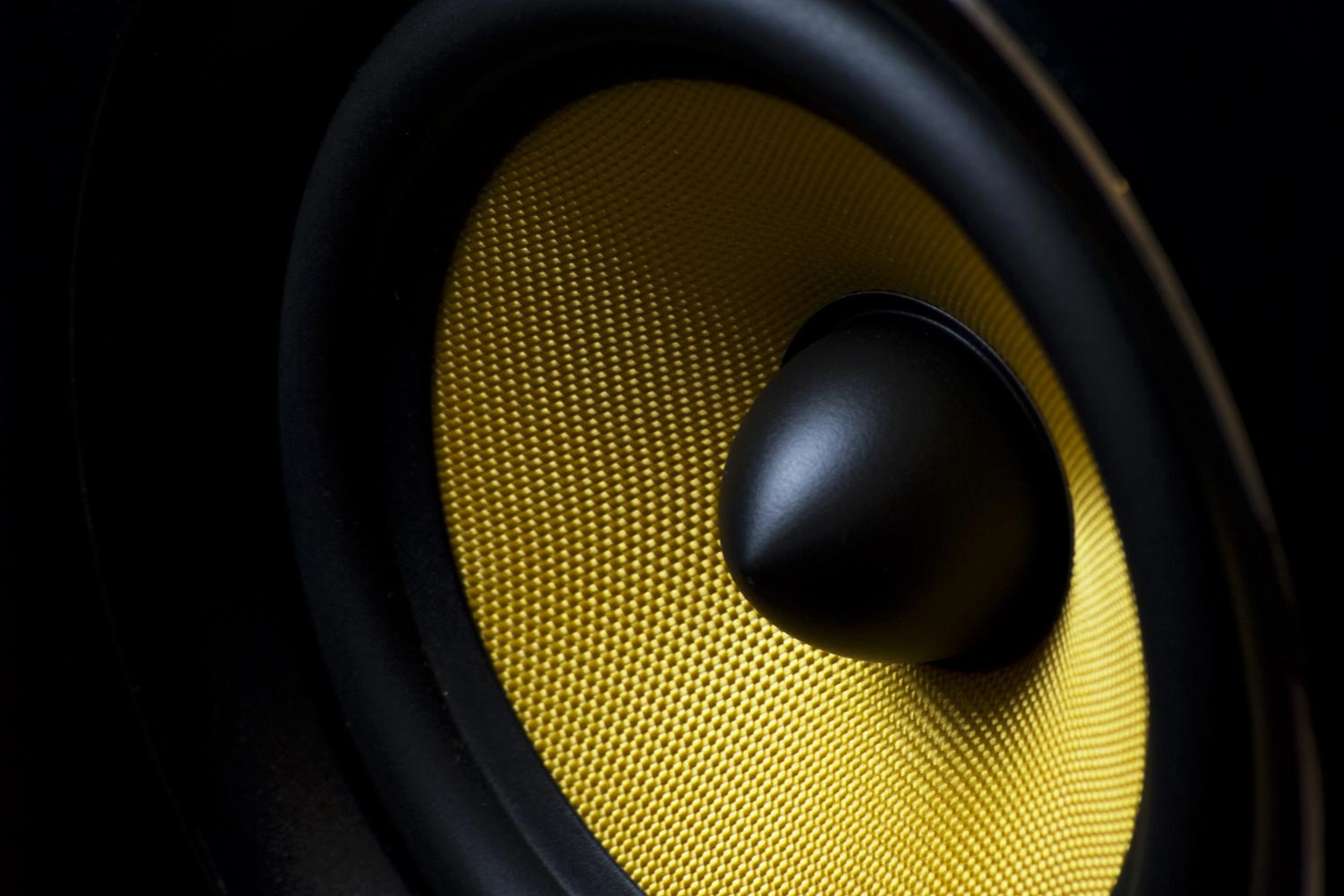Hello,
recently, I've been given a pair of Snell Type C/V speakers. The previous amplifier was Krell kav 300i, I think the whole system was intended for Home Theater, but I'm interested only in music.
I've only the speakers for now, and a friend of mine is building the Protodac TDA 1387 x 8 by hifinet (project on moode github page), with the difference that we're using a couple of 430R 0.4W Charcroft Z-Foil resistors.
These are the specifications of the Snell:
Type C/V
Handsome three way, vented enclosure design with dual 8'' woofers providing Room Ready performance with Coincident Virtual Image (CVI) technology and rear-firing tweeter
Frequency response
30 Hz to 22 kHz +- 3 dB anechoic
50 Hz to 20 kHz +- 1.75 dB anechoic
Driver Complement:
Two 8" woofers with injection-molded
cones and surrounds
Two 5" midranges with injection-
molded cones and surrounds
One 1" pure titanium dome front tweeter
One 1" 5 layer laminated metal dome
rear tweeter
Crossover points:
300 Нz, 2.8 kHz
Power requirements:
Suitable for use with amplifiers from 40
to 250 watts
Sensitivity:
90 dB SPL @ 1 meter with 2.83 Vrms
in anechoic half-space
Driver complement:
8 ohm nominal
5 ohm minimum
Shipping weight:
225 lbs. per pair
Now, I'm looking for a good integrated amplifier and my budget is 800/1200, I'm located in Italy, so for me is easier to buy in Europe cause import taxes...
The speakers are good, I like very much the bass and they're soft at mid-range and I suffer very much of middle if they are confused.
The previous Krell amplifier was very good, but miss some high frequencies, I want them to be very present and very cold, I like the valve amplifier for that reason. In general, probably a little too soft for me.
Some suggest me the Electrocompaniet EC1, I can find for around 1000/1200. Some prefer the EC3.
I can find the Krell KAV 300i too for the same price, and the Marantz PM 8006.
As far as I know I need 50–250W and 8 ohm amplifier, that can drive the Snell that are moderately sensitive.
Please suggest me how to get the best from them.
Edoardo
recently, I've been given a pair of Snell Type C/V speakers. The previous amplifier was Krell kav 300i, I think the whole system was intended for Home Theater, but I'm interested only in music.
I've only the speakers for now, and a friend of mine is building the Protodac TDA 1387 x 8 by hifinet (project on moode github page), with the difference that we're using a couple of 430R 0.4W Charcroft Z-Foil resistors.
These are the specifications of the Snell:
Type C/V
Handsome three way, vented enclosure design with dual 8'' woofers providing Room Ready performance with Coincident Virtual Image (CVI) technology and rear-firing tweeter
Frequency response
30 Hz to 22 kHz +- 3 dB anechoic
50 Hz to 20 kHz +- 1.75 dB anechoic
Driver Complement:
Two 8" woofers with injection-molded
cones and surrounds
Two 5" midranges with injection-
molded cones and surrounds
One 1" pure titanium dome front tweeter
One 1" 5 layer laminated metal dome
rear tweeter
Crossover points:
300 Нz, 2.8 kHz
Power requirements:
Suitable for use with amplifiers from 40
to 250 watts
Sensitivity:
90 dB SPL @ 1 meter with 2.83 Vrms
in anechoic half-space
Driver complement:
8 ohm nominal
5 ohm minimum
Shipping weight:
225 lbs. per pair
Now, I'm looking for a good integrated amplifier and my budget is 800/1200, I'm located in Italy, so for me is easier to buy in Europe cause import taxes...
The speakers are good, I like very much the bass and they're soft at mid-range and I suffer very much of middle if they are confused.
The previous Krell amplifier was very good, but miss some high frequencies, I want them to be very present and very cold, I like the valve amplifier for that reason. In general, probably a little too soft for me.
Some suggest me the Electrocompaniet EC1, I can find for around 1000/1200. Some prefer the EC3.
I can find the Krell KAV 300i too for the same price, and the Marantz PM 8006.
As far as I know I need 50–250W and 8 ohm amplifier, that can drive the Snell that are moderately sensitive.
Please suggest me how to get the best from them.
Edoardo




